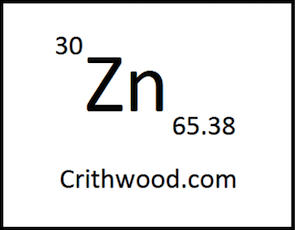
-----
Disposal of galvanizing flux
April 18, 2008
Its common for galvanizers to find their flux contaminated with Fe, HCl or other contaminants and decide to change it out for a fresh batch.
But these days disposing of the old flux is becoming increasingly difficult.
Has anyone found a simple, in-house method of dealing with flux to make it suitable for easier disposal.
Flux is a mixture of ammonium chloride and zinc chloride dissolved in water. Contaminants often include hydrochloric acid, iron hydroxide.
Any ideas?

Geoff Crowley
Crithwood Ltd.
Westfield, Scotland, UK

April 21, 2008
Geoff,
In the USA one flux company accepts contaminated liquid flux and reprocesses and resells it. A few galvanizers evaporate to dryness and dispose of the "dry" "spent" flux, but I do not know where it goes. This method reduces transport but requires energy to evaporate the water.
Galvanizers using sulfuric acid for pickling and two counter-current acid rinses never contaminate their flux. The sulphate stabilizes at about 0.8% and the iron at about 0.2%(Fe+2), which do not adversely affect the galvanizing.
Galvanizers using hydrochloric acid for pickling use contaminated flux without difficulty if they also use IQM.
If the dissolved iron (Fe+2) is under about 2%; and if the sodium chloride (dry W/W basis) is under 1%; and if the potassium chloride
(dry W/W basis) is under about 2% then the flux could be purified
(Fe+2 removal). This assumes no other major impurities. Hydrochloric acid in flux can easily be reacted with ammonium hydroxide to the proper pH. (HCL is NOT a contaminate.) A flocculating agent and a filter press are required if a rapid purification is needed.
In theory contaminated flux could be used as a micronutrient additive for fertilizer. There are USA companies that specialize in finding ways to recycle industrial wastes.
In the USA I estimate that the disposal of "spent" flux is only a few percent of what it was 30 years ago.
Regards,
Galvanizing Consultant - Hot Springs, South Dakota, USA
Q, A, or Comment on THIS thread -or- Start a NEW Thread
